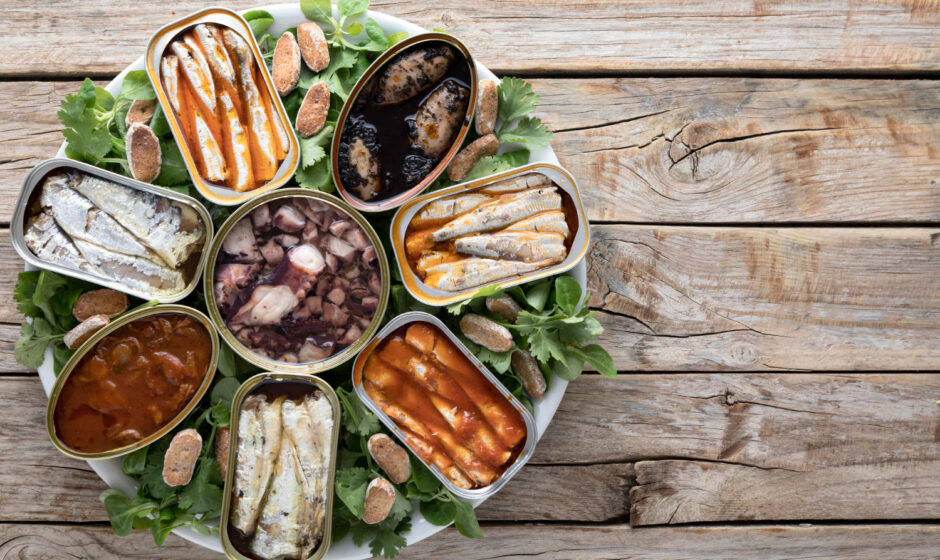The world of canned seafood is undergoing a remarkable transformation, venturing far beyond the realm of tuna sandwiches. A pandemic-induced trend has propelled tinned seafood into the limelight, captivating the attention of American consumers and influencing culinary trends.
The U.S. canned seafood industry has witnessed significant growth, expanding from $2.3 billion in 2018 to over $2.7 billion in 2023, according to market research firm Circana. This surge in popularity can be attributed to several factors, including the convenience of canned seafood, its nutritional value, and a growing appreciation for its culinary versatility.
Social media has played a pivotal role in elevating the perception of tinned seafood. Influencers on platforms like TikTok have championed the benefits of this protein-packed pantry staple, showcasing its versatility in quick and easy meals.
Tinned seafood has transcended its humble beginnings and is now gracing the menus of wine bars and upscale restaurants across the nation. Patrons are indulging in the unique flavors and textures of tinned seafood, often savoring it straight from the can.
Becca Millstein, founder of Los Angeles-based tinned fish company Fishwife, attributes the growing popularity to the desire for high-quality, sustainably sourced seafood. She recognized the lack of innovative options beyond traditional tuna fish sandwiches and sought to fill this void.
Fishwife Tinned Seafood Co. carefully curates its offerings, partnering with canneries in Spain, Portugal, and along the West Coast to source sustainable seafood. Their products range from smoked Atlantic salmon to smoked albacore tuna, all meticulously prepared and packaged.
Tinned seafood offers a convenient and environmentally friendly alternative to fresh seafood, requiring no refrigeration and boasting a long shelf life. It also presents a lower carbon footprint compared to meat, which is a major contributor to greenhouse gas emissions.
However, potential drawbacks of tinned seafood include high salt content and mercury concerns, particularly for pregnant women. Additionally, Greenpeace warns of overfishing practices to meet the increasing demand, emphasizing the importance of sustainable sourcing.
Despite these concerns, tinned seafood is undoubtedly experiencing a renaissance, captivating the culinary world with its unique flavors, convenience, and sustainability. As consumers seek healthier, more convenient food options, tinned seafood is poised to maintain its newfound prominence in the culinary landscape.
Key takeaways:
- Tinned seafood is experiencing a resurgence in popularity thanks to its versatility, flavor, and sustainability credentials.
- Social media influencers are playing a role in introducing Americans to the culinary delights of canned fish.
- The growing demand for tinned seafood is benefiting small local canneries and sustainable fishing practices.
- Tinned seafood is a convenient, affordable, and environmentally friendly protein source.


